Don’t Do This On A Long Flight: 15 Common Mistakes + 2 Sneaky Ones
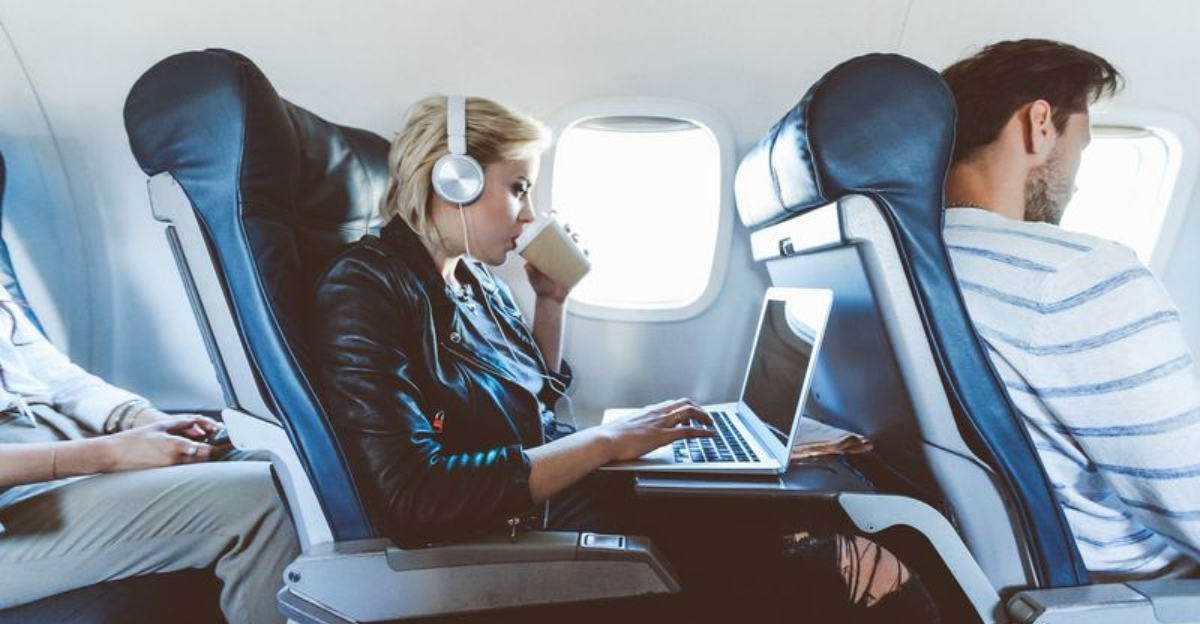
Ever stepped off a long flight feeling like you aged a decade? I’ve been there—dry eyes, stiff legs, and regretting half my choices. The truth is, most of the discomfort comes from totally avoidable mistakes.
From wearing the wrong clothes to neglecting hydration or choosing the worst seat in the house, these small slip-ups can snowball into a pretty miserable ride. But after logging more hours in the sky than I care to admit, I’ve cracked the code on what not to do.
So if you’re gearing up for a long-haul journey, let me help you dodge the usual traps. A smoother, comfier flight is absolutely possible—with just a few smart tweaks. Ready to fly like a pro? Let’s go.
1. Not staying hydrated

Airplane cabins are notoriously dry, with humidity levels often below 20%. This can quickly leave you feeling parched, headachy, and more susceptible to jet lag.
I always bring an empty water bottle through security and fill it up before boarding. Throughout the flight, I aim to drink at least 8 ounces of water every hour. Your skin, sinuses, and overall comfort will thank you.
If the flight attendant offers drinks, skip the tiny cups and ask them to fill your bottle instead. Your body loses moisture faster at high altitudes, making hydration even more crucial than on the ground.
2. Wearing tight clothes
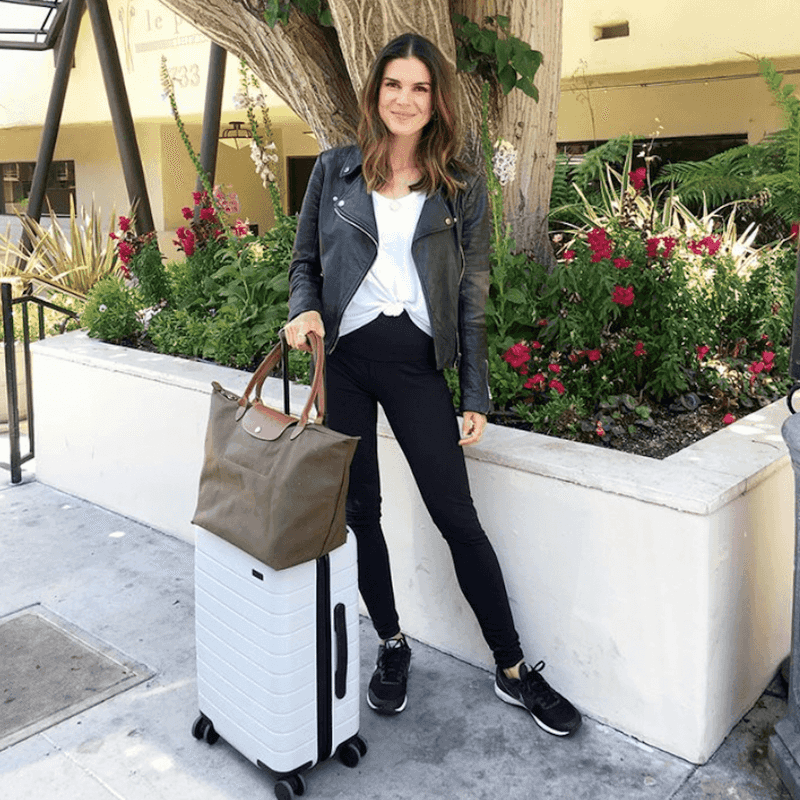
Tight jeans or restrictive clothing might look great at your destination, but they’re your worst enemy during a long flight. Blood circulation already struggles at high altitudes, and tight clothes compound this problem.
Loose, breathable fabrics allow better air circulation and reduce your risk of developing deep vein thrombosis – those dangerous blood clots that can form during extended periods of immobility.
I always opt for stretchy waistbands, soft cotton fabrics, and layers that can be added or removed as cabin temperatures fluctuate. Compression socks are the only exception to the “loose clothing” rule, as they actually help circulation in your legs.
3. Skipping moisturizer

The recycled air inside airplane cabins strips moisture from your skin at an alarming rate. Without protection, you’ll arrive with a dry, tight face that feels like parchment paper.
Before boarding, I apply a rich, fragrance-free moisturizer to create a barrier against the dry cabin air. Some frequent flyers swear by face masks or hydrating mists during flights, though I prefer a simple, travel-sized facial oil that I can reapply every few hours.
Don’t forget your lips and hands! Lip balm and hand cream are essential companions that keep these sensitive areas from cracking and becoming painful during your journey.
4. Drinking too much alcohol
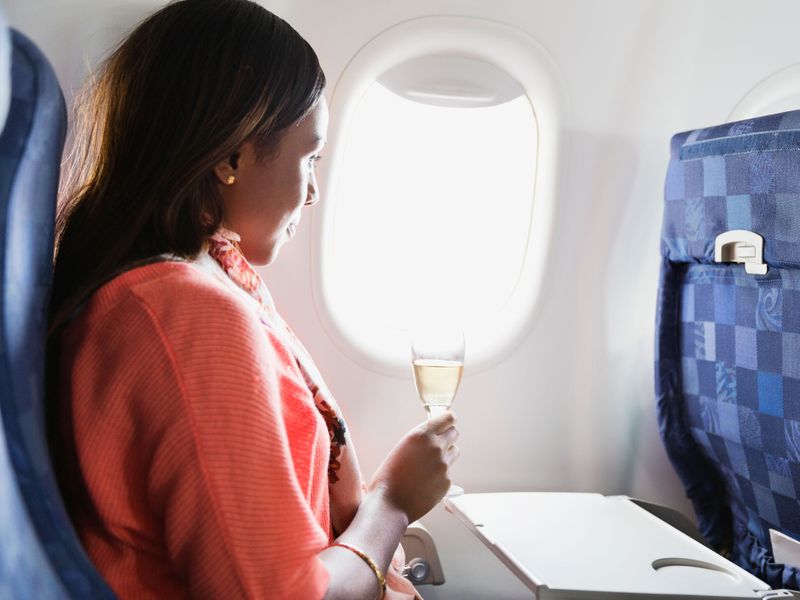
That complimentary wine might seem like a good way to relax or fall asleep, but alcohol at altitude affects your body differently. At 35,000 feet, each drink hits you harder than it would on the ground.
Alcohol is dehydrating, which compounds the already dry cabin environment. It also disrupts your sleep cycles, making it harder to adjust to new time zones. I’ve made this mistake and spent entire vacations recovering from the combination of jet lag and a hangover.
If you really want a drink, limit yourself to one early in the flight, then switch to water. Your future self will appreciate arriving clear-headed and ready to enjoy your destination.
5. Sitting the entire flight
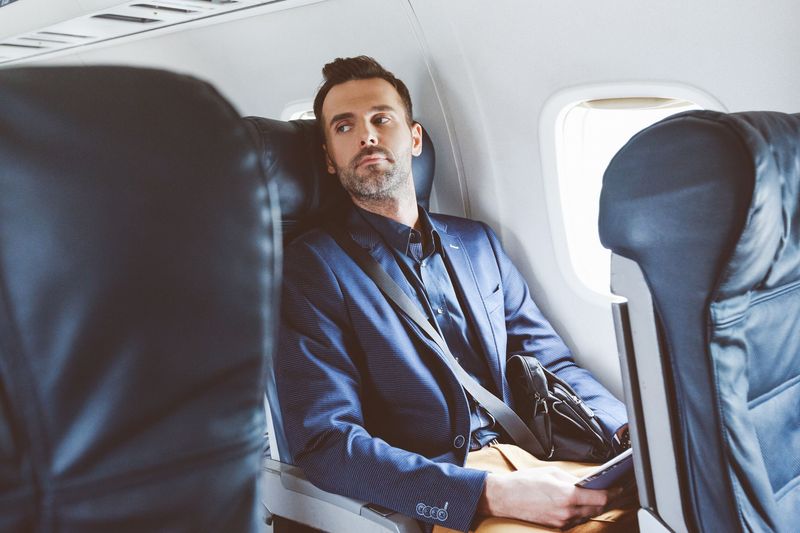
Remaining seated for 10+ hours isn’t just uncomfortable—it’s potentially dangerous. Extended immobility increases your risk of blood clots and leaves you stiff and sore upon arrival.
Every 1-2 hours, I make a point of walking the aisle, even when the seatbelt sign is on (just be safe about it). Simple stretches at the back of the plane or gentle ankle rotations in your seat can maintain circulation.
Flight attendants actually appreciate passengers who move periodically, as it’s healthier for you. Just be considerate about timing your movements when food service isn’t happening and you’re not blocking others who need to use the lavatory.
6. Ignoring time zone changes
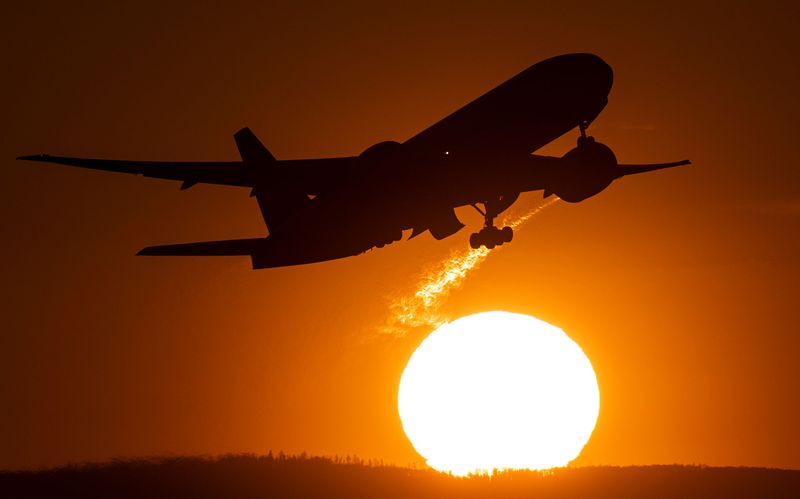
Your body’s internal clock gets thoroughly confused when crossing multiple time zones. If you continue to operate on your departure time zone, you’ll struggle with severe jet lag at your destination.
As soon as I board, I change my watch and phone to my destination’s time. This simple act helps me mentally adjust and plan my sleep schedule accordingly. If it’s nighttime at my destination, I try to sleep on the plane even if it feels unnatural.
Eating meals according to your destination’s schedule also helps reset your body clock. This strategy has saved me from losing precious vacation days to exhaustion and disorientation.
7. Not setting a sleep schedule

Winging it with sleep on a long flight often results in arriving exhausted or wide awake at the wrong times. Planning your rest strategically makes a huge difference to how you feel at your destination.
For overnight flights, I eat before boarding so I can maximize sleep time in the air. Eye masks, neck pillows, and earplugs create a sleep-friendly environment even in a noisy, bright cabin. Avoiding screens at least an hour before attempting sleep helps signal your body it’s time to rest.
If you’re landing in the morning, try to sleep during what would be nighttime at your destination, even if it means forcing yourself to stay awake during the first part of the flight.
8. Forgetting noise protection
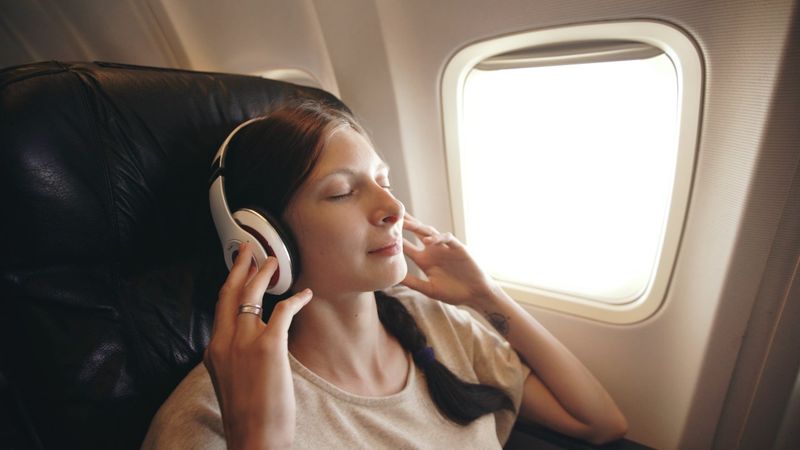
Aircraft cabins are surprisingly loud environments, with noise levels typically between 85-100 decibels during flight. This constant drone contributes to fatigue and makes relaxation nearly impossible.
Quality noise-canceling headphones are worth every penny for frequent flyers. I never board without mine, as they transform the flying experience by creating a bubble of calm. Even simple foam earplugs can make a significant difference if expensive headphones aren’t in your budget.
The reduced noise stress also helps prevent that drained, exhausted feeling many travelers experience after long flights. Your nervous system will thank you for the break from the constant background roar of engines and air circulation systems.
9. Overpacking your carry-on
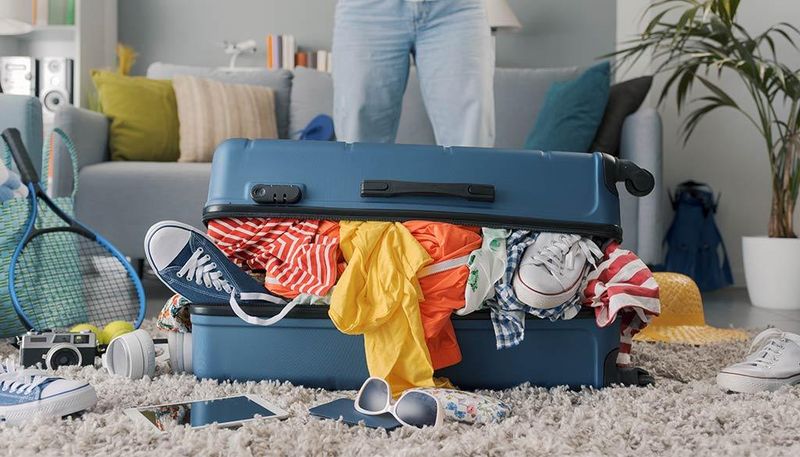
Stuffing your carry-on to bursting limits your comfort throughout the entire journey. That overpacked bag won’t fit properly under the seat, eating into your precious legroom for hours.
I’ve learned to pack only essentials in my under-seat bag: medications, entertainment, snacks, and a small toiletry kit for refreshing mid-flight. Everything else goes overhead or in checked luggage.
Remember that you’ll need to access items periodically during the flight. Organizing your carry-on in easily accessible sections prevents you from becoming that passenger who unpacks their entire bag in the aisle while others wait to pass by.
10. Eating heavy meals
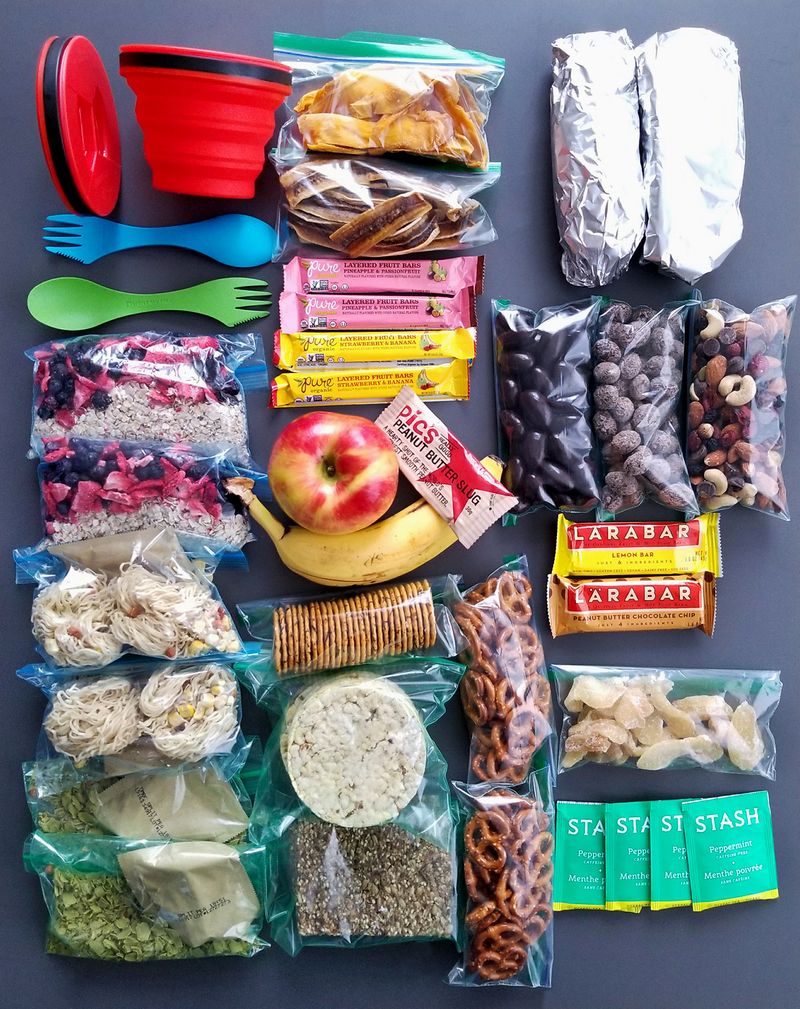
Heavy, greasy, or spicy airline food might satisfy momentary hunger but often leads to discomfort at 30,000 feet. Digestion works differently under pressure, making bloating and indigestion common complaints.
Light, protein-rich meals keep energy levels stable without the digestive distress. I pack nuts, simple sandwiches, and fresh fruit as alternatives to airline offerings. If ordering the onboard meal, I choose the lighter option and skip the dessert.
Eating smaller portions more frequently works better than large meals during long flights. This approach maintains stable blood sugar and helps avoid that sluggish, uncomfortable feeling that can make hours in a cramped seat feel even more unbearable.
11. Not bringing entertainment

Relying solely on airline entertainment systems is risky business. Technical glitches happen frequently, and selection is often limited on older aircraft.
I always download movies, podcasts, e-books, and music to my devices before flying. This preparation has saved countless hours of boredom when screens malfunction or content doesn’t appeal to me. A portable battery pack ensures my entertainment doesn’t die mid-flight.
Mix up your options to prevent fatigue from setting in. Switching between reading, listening, watching, and even old-school activities like crossword puzzles keeps your mind engaged during those long stretches when sleep just won’t come and the hours seem to crawl by.
12. Leaving valuables in seat pocket
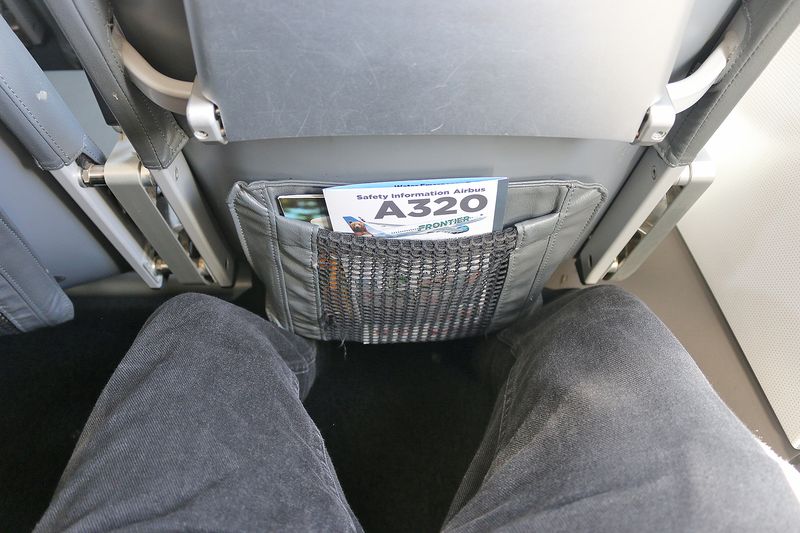
Those convenient seat pockets seem like the perfect spot for your phone, passport, or wallet during a long flight. Unfortunately, they’re also the perfect spot to forget these essential items when deplaning.
Flight attendants find countless valuable items left behind after every long-haul journey. I make it a habit to never use seat pockets for anything I can’t afford to lose. Instead, I keep a small crossbody bag or fanny pack for important items that stays attached to me throughout the flight.
Before landing, I double-check the seat pocket, overhead bin, and surrounding area methodically. This simple routine has prevented many potential disasters at foreign airports.
13. Not moving every few hours
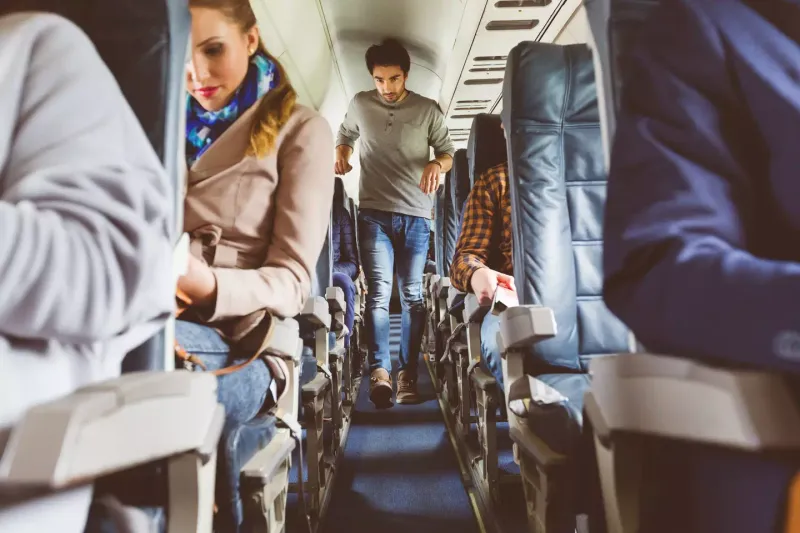
Sitting motionless for extended periods increases your risk of developing deep vein thrombosis (DVT), a potentially dangerous blood clot condition. Even young, healthy travelers aren’t immune to this risk.
Simple exercises can make a big difference. I rotate my ankles, stretch my calves, and do seated twists hourly. When the seatbelt sign is off, walking the aisle every 2-3 hours keeps blood flowing properly.
Flight attendants can often recommend simple in-seat exercises if you’re unsure what to do. Many airlines even demonstrate these movements in their safety videos or in-flight magazines because they understand the importance of movement during long flights.
14. Choosing the wrong seat
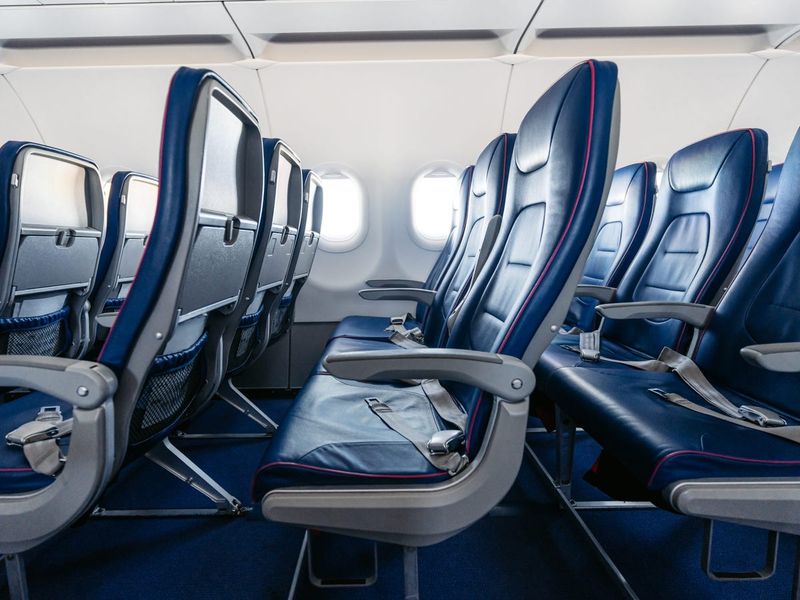
That cheap middle seat in the back row near the lavatory will feel like torture by hour three of your long-haul flight. Seat selection matters tremendously for comfort during extended journeys.
Window seats provide a wall to lean against for sleeping but require climbing over others for bathroom breaks. Aisle seats offer freedom of movement but come with bumps from passing carts and passengers. I check SeatGuru.com before every flight to avoid problematic seats with limited recline or extra noise.
For overnight flights, prioritize sleep-friendly locations away from high-traffic areas like galleys and lavatories. The small fee for seat selection often pays for itself in comfort during those endless hours in the air.
15. Relying only on airplane Wi-Fi

Airplane Wi-Fi remains frustratingly unreliable and expensive. Counting on it for entertainment or important work can lead to major disappointment when the connection inevitably fails over remote areas.
This sneaky mistake trips up even experienced travelers. I’ve learned to download everything I might need before boarding: work documents, entertainment, travel guides, and offline maps of my destination. When the Wi-Fi drops mid-ocean, I continue working seamlessly while others stare helplessly at loading screens.
If you absolutely must have connectivity, research your airline’s Wi-Fi reputation beforehand and consider purchasing a pass in advance for better rates. Just maintain realistic expectations about speed and reliability.
16. Not bringing a backup charger
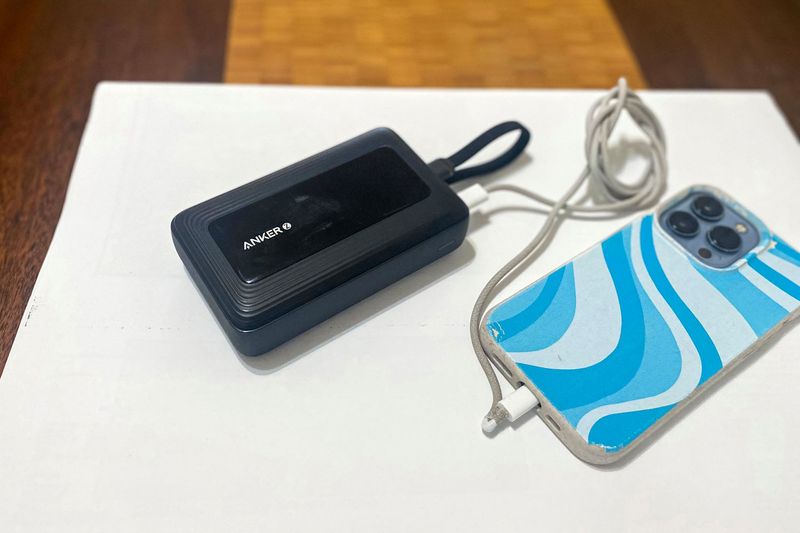
Power outlets on planes are notoriously finicky, if they exist at all. Discovering your seat has a broken outlet when your device is at 10% battery creates unnecessary stress.
A portable power bank has saved my sanity on countless flights. I always carry one fully charged in my carry-on, ensuring my devices stay powered throughout the journey. Check your airline’s restrictions on battery capacity before flying, as some limit the size you can bring onboard.
Remember that newer planes tend to have better power options, while older aircraft might have none. Even when outlets are available, they sometimes can’t handle certain chargers or deliver inconsistent power, making a backup essential for peace of mind.
17. Assuming you’ll sleep easily
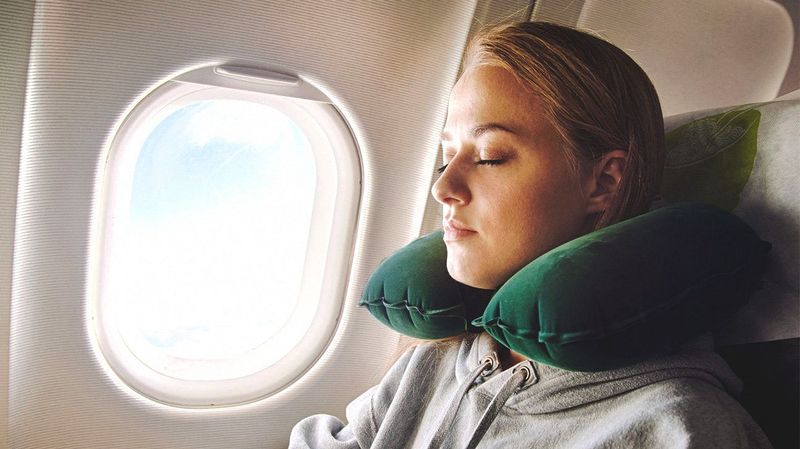
Many travelers board long flights planning to “just sleep through it” without any preparation. This sneaky mistake leads to hours of frustrated tossing and turning in an uncomfortable seat.
Even if you’re exhausted, sleeping on planes requires strategy. I avoid caffeine for at least 6 hours before flying and bring natural sleep aids like melatonin for overnight flights. A good quality neck pillow, eye mask, and earplugs or noise-canceling headphones create a sleep-friendly environment in challenging conditions.
Practice makes perfect with airplane sleep. Developing a consistent pre-sleep routine signals to your body that it’s time to rest, even in the unusual environment of an aircraft cabin at 35,000 feet.
